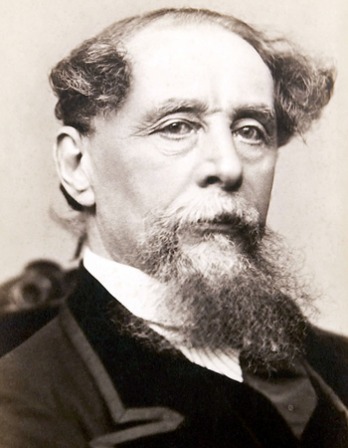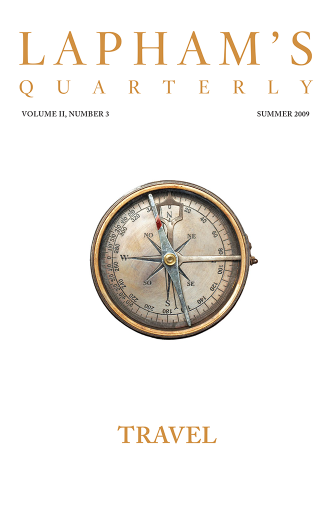I took a bodkin and put it betwixt my eye and the bone as near to the backside of my eye as I could, and on pressing my eye with the end of it, there appeared several white, dark, and colored circles. When I continued to rub my eye with the point of the bodkin, the circles would grow faint and often disappear until I renewed them by moving my eye or the bodkin.
If the experiment were done in a light room, so that though my eyes were shut some light would get through their lids, there appeared a great, broad, bluish, dark circle outmost, and within that another light spot, whose color was much like that in the rest of the eye. Within which spot appeared still another blue spot, especially if I pressed my eye hard and with a small pointed bodkin. Outmost appeared a verge of light.
But on the contrary, if I tried the experiment in a very dark room, the circle appeared of a reddish light, another of a darkish blue, and a middle spot appeared lighter again, and there seemed to be a circle of dark blue without the circle, the outmost of all. Where the curvature of the retina began and was but little, the blue color was caused; where the retina was most concave, the bright circle was caused; where the retina was not much incurved nor strained, the dark blue circle was caused; and where the retina was stretched and made convex, the light spot was caused.
I could sometimes perceive vivid colors of blue and red, made by said pressure, and perhaps a critical eye might have discerned this order of colors, from the center: green, blue, purple, dark purple, blue, green, yellow, red like flame, yellow, green, blue, broad purple, dark.
That vision is made in the retina appears because colors are made by pressing the backside of the eye; but when the eye turns toward the pressure, so that it is pressed before the colors cease.
From “Of Colors.” Newton began his studies at Trinity College reading Aristotle; by 1664 he had broken from assigned texts, digesting instead the works of René Descartes and others finding new paths in natural philosophy. He began keeping a notebook of his own empirical experiments, including this dangerous inquiry into the source of light and color. “In the grip of discovery,” one biographer wrote, “Newton did not pause to reckon the cost.” The notes were revised as part of Newton’s Opticks, which overturned the Aristotelian idea that color is not a property of light itself.
Back to Issue



